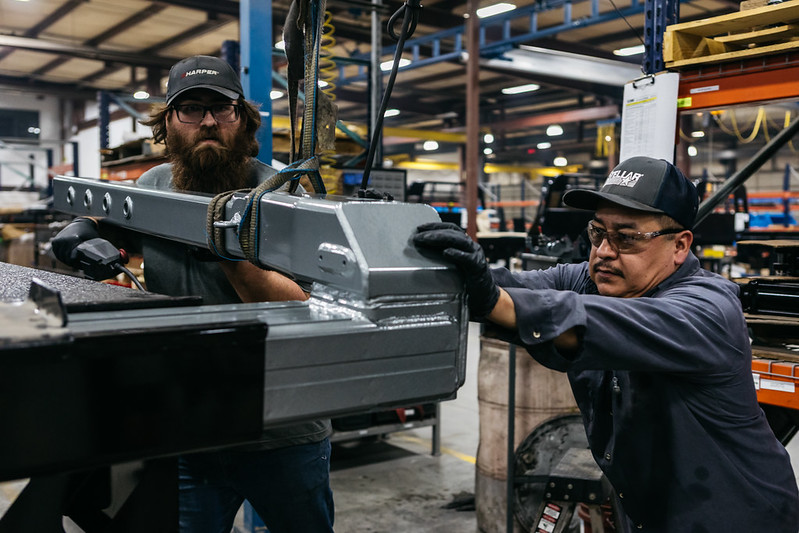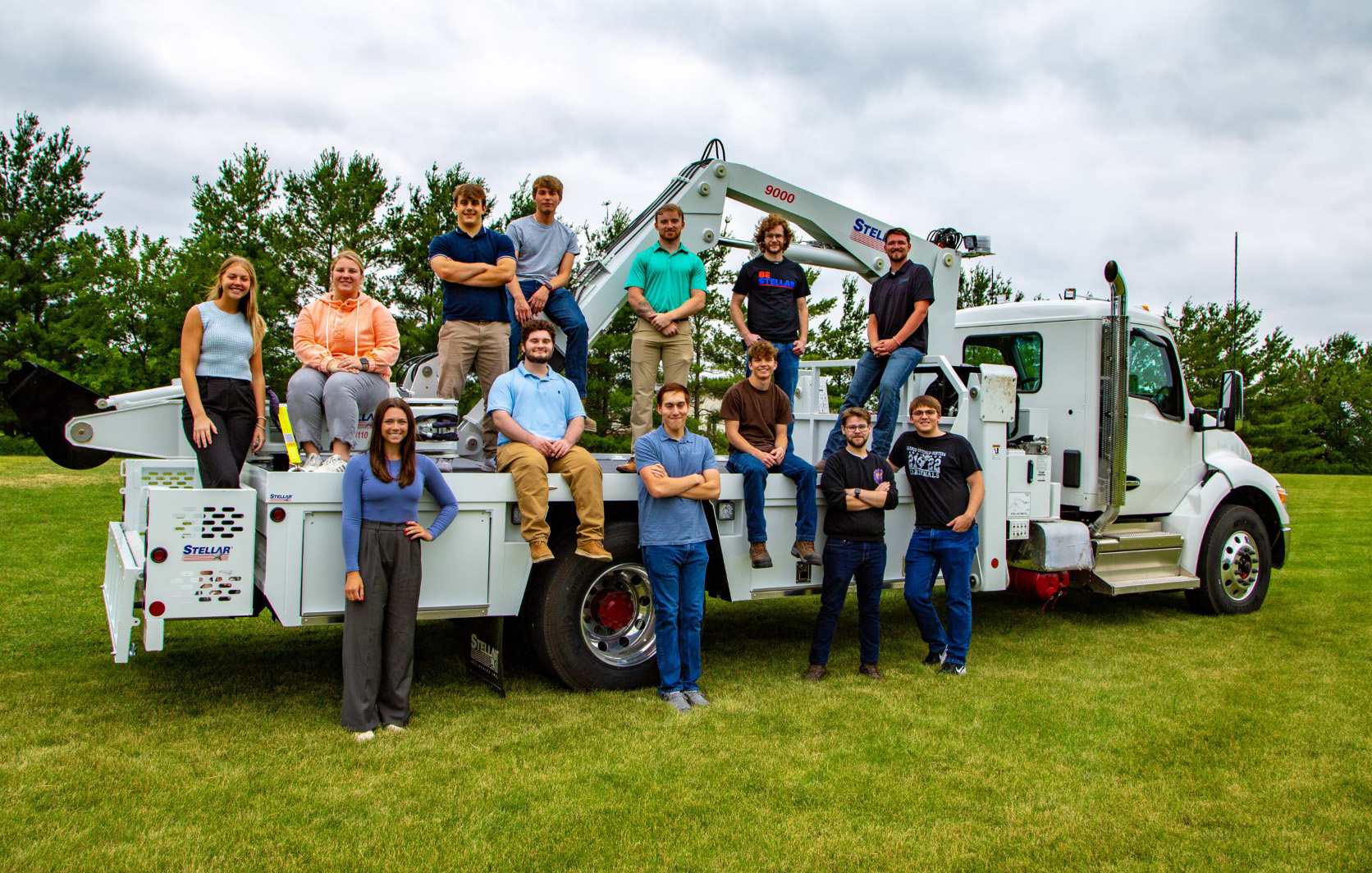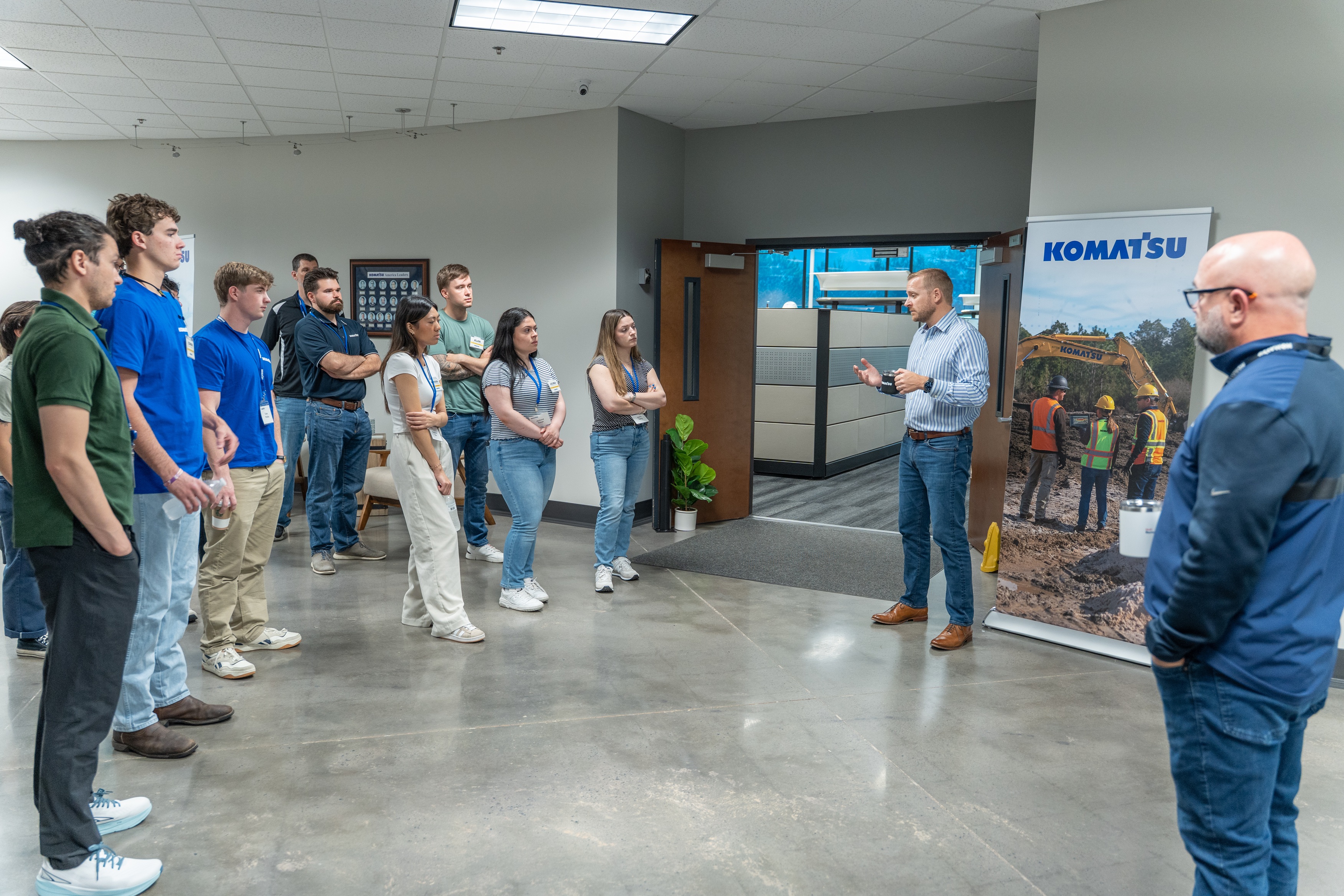By Tom Hunley, Product Marketing Manager, Jobvite —
Mirroring most sectors, the manufacturing industry is on the path to job recovery. With manufacturing jobs on the rise, recruiters must revisit hiring processes to fill manufacturing roles efficiently in the coming months.
Many are now hiring employees at volume to keep up with increased consumer demand; however, with higher turnover rates, stretched supply and competition for top talent, organizations are struggling to fill positions quickly. To excel in the tight labor market and widening skill gap, recruiters are accommodating to the shifting candidate landscape. By doing so, recruiters are creating new best practices to better reach top talent, saving organizations significant time and money.
Below are ways recruiters can successfully hire smarter for an array of manufacturing roles.
Meeting Candidates Where They Are
According to Jobvite’s 2021 Recruiter Nation report, 60% of recruiters believe texting is effective in engaging and communicating with current and potential applicants. Most skilled manufacturers are not spending their day sitting in front of a computer, but they can be easily reached on their phones. Mobile recruiting texts have a successful open rate of 98%, eclipsing the 20% success rate of emails.
Texting with candidates adds a personal touch to the recruitment process – in 2021, nearly 70% of manufacturing job seekers reported that they prefer to receive a text message over email and phone communication during the hiring process. One manufacturer, Hearth & Home, implemented the use of intelligent messaging via texting and successfully increased response rates nearly 50% above their traditional communication channels.
By incorporating texting into their recruiting strategy, hiring teams can expedite the process by asking candidates screening questions on their skill set, experience and qualifications as opposed to asking over multiple interviews. Further, recruiters can suggest workshops or certifications applicants can obtain if candidates do not initially meet requirements.
Manufacturing recruiters that are facing sourcing roadblocks should consider further exploration of social media. Nearly 70% of recruiters reported that they use social media to post job openings, while 47% leverage it to reach passive candidates. TikTok usage has seen a surge among recruiters, with 16% of recruiters using the application to reach candidates – doubling that from last year. By expanding their efforts into social media, manufacturing recruiters can reach a far wider audience. (or “a previously neglected audience”)
While recruiters can and are reaching candidates via texting, it can be challenging to keep track of applicants, leading to some falling through the cracks. To prevent this, recruiters may find success using talent acquisition stacks, which not only allow recruiters to track texts within a profile, but also nurture the audience via targeted text campaigns, job notifications, event notifications and other content working towards conversion.
Adapting to Changing Candidate Expectations
Workers expect more than the status quo, especially when it comes to diversity, equity and inclusion (DEI) in the workplace. Nearly half of recruiters reported job seekers are inquiring about DEI initiatives more than they did in the previous year – up 16 percentage points from 2020. Workers also seek more than just pay; 44% of candidates have turned down an interview or job offer due to a lack of diversity or goals for improving diversity in the workforce.
As manufacturing organizations increasingly list postings to meet industry demands, highlighting genuine commitment to increasing and maintaining diversity in the workplace will portray an inclusive and supportive company culture. With the changing global landscape and discomforting news at breakneck speed over the previous one and a half years, organizations providing mental health resources and other support will receive greater interest and commitment from candidates and employees.
According to Jobvite’s 2021 Job Seeker Nation report, 51% of candidates in manufacturing with a second source of income reported they work a second job out of necessity. So, employers must offer competitive pay to not only attract talent, but also encourage workers to fully concentrate on their job.
Attracting specialized candidates is preceded by an engaging candidate experience. The most critical factors to a positive candidate experience are prompt communication (54%), ease of scheduling (47%), easy application process (45%) and a quick hiring process (30%), according to the same report. Employers can leverage AI-powered sourcing tools to deliver an engaging experience, which otherwise can be a taxing task. Utilizing text-to-apply, self-scheduling portals and chatbots can help bring together a streamlined and personal experience, leaving out the grunt work.
Building a Talent Pipeline
Recruiters can stay ahead of their competition when demand for manufacturers is high by creating a robust talent pipeline. As candidate supplies stretch, a talent pool offers a readily available applicant database to reach.
To create a comprehensive talent pipeline, hiring teams can begin by revisiting their database of past applicants, classifying candidates based on skill set, role, engagement and even location. To further develop a talent pool, recruiters should tap into the satisfied majority. Employee referrals offer speed and quality with recruiting talent – and they’re incredibly cost-friendly and effective. In fact, 82% of workers are likely to click on a job opportunity posted by someone in their social network.
Referral programs within manufacturing lag behind other industries at a time when tapping into current employees to refer jobs is a very important ingredient to sustaining talent pools. Maintaining a regularly updated database begins with generating targeted campaign messages and keeping passive candidates engaged. Recruiters must look at leveraging intelligent messaging solutions to stand apart from the competition, nurturing each audience segment via targeted texts, job notifications and recruitment marketing content.
Going Beyond the Job Description
Recruiting for an array of roles in a tight market is easier if an organization stands apart from the competition. Employers can distinguish themselves in a cluster of job listings with a unique employer brand.
Nearly half of recruiters consider a company’s career site a top tool when it comes to growing employer branding, but only 16% are prioritizing growing their employer brand, according to the 2021 Recruiter Nation report. Portraying an up-to-date employer brand streamlines attracting top-of-the-line talent, fulfilling candidates’ increasing expectations that go beyond just the job description. On that note, job postings offer candidates an inside look into a company’s culture and all that an organization is about – meaning, a company’s career site is the first place recruiters should build their brand.
As a scramble prevails in this candidate’s market to fill openings and meet industry demands, manufacturing recruiters must rethink hiring processes. To stay ahead of the competition and recruit top-of-the-line talent, recruiters must adapt to changing expectations, incorporate new platforms and leverage strategies that nurture applicants all year-round.
About the Author
With 15 years of experience in talent acquisition, Tom Hunley started his career as a recruiter in a manufacturing environment. His career progression to Director of TA and his evolving marketing first recruitment style led him to Jobvite, where he has worked with hundreds of global customers to enhance their recruitment process.
For more coverage of industry trends, subscribe to the AEM Industry Advisor.





